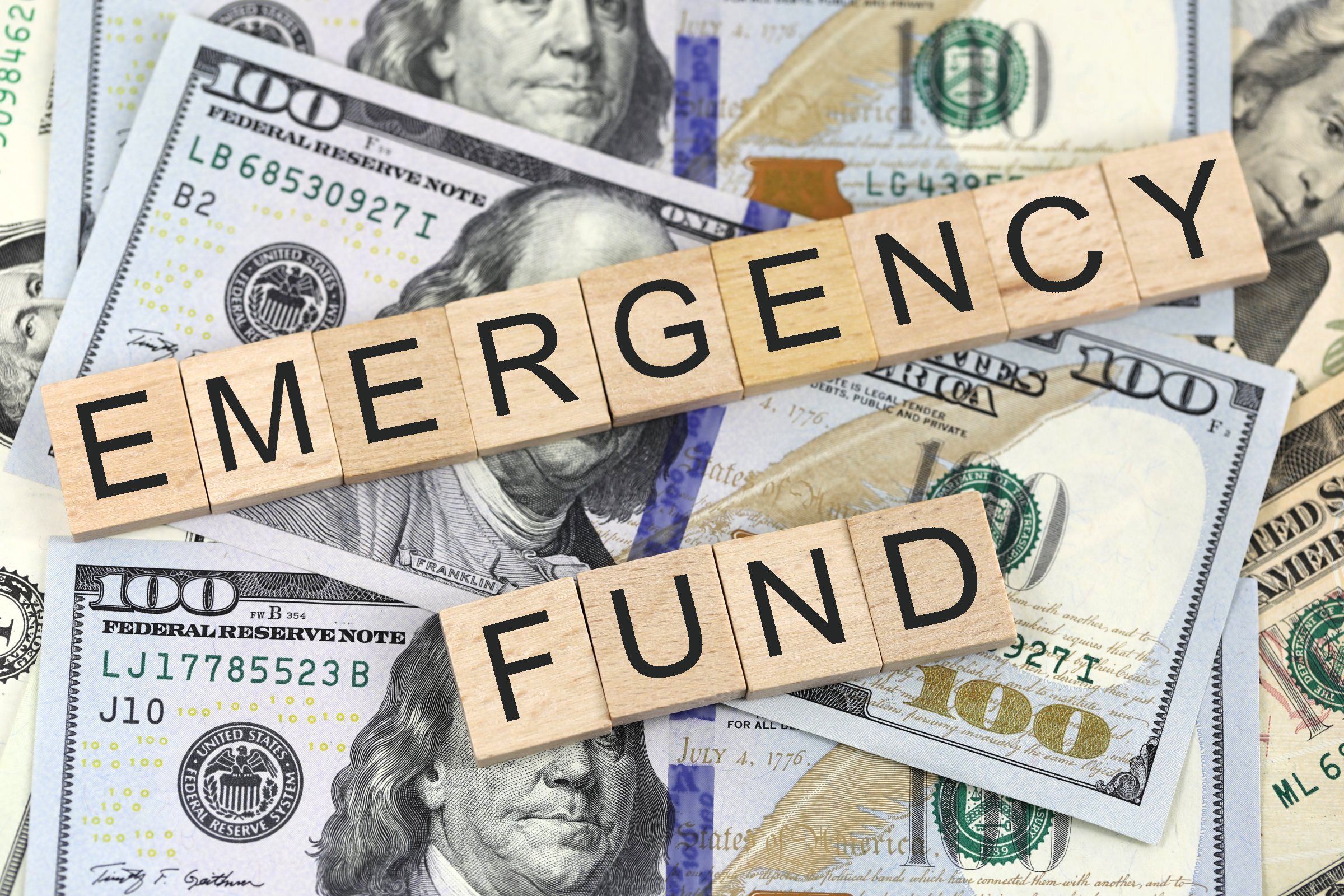Table of Contents
What is an Emergency Fund?
An emergency fund is a stash of money set aside to cover unexpected expenses, such as a medical emergency, car repair, or job loss. This fund should be easily accessible and not invested in high-risk assets, such as stocks or mutual funds. The purpose of an emergency fund is to provide a financial buffer, so you can avoid relying on credit cards, loans, or borrowing from friends and family.
How Much Do We Need To Save for an Emergency Fund?
The appropriate amount of money to keep in your emergency fund varies based on your individual circumstances. Ideally, the average emergency fund should have at least three to six months’ worth of expenses. However, the exact amount may vary based on factors such as job security, health, and family responsibilities.
For instance, if you have a stable job, good health, and no dependents, you may need less money in your emergency fund than someone with a less stable job, poor health, or dependents. Similarly, If you are residing in a rented house or apartment, your expenditures could be less compared to an individual with a mortgage or housing loan.
It’s important to evaluate your financial situation and determine how much you need to save to cover unexpected expenses. You can use a budgeting tool to track your expenses and identify areas where you can cut back to save more.
Where to Keep Your Emergency Fund?
Once you’ve determined how much money you need in your emergency fund, the next step is to decide where should I keep my emergency fund. The key is to find a place that is easily accessible, safe, and offers a reasonable rate of return.
Here are some options to consider:
- Savings account: A savings account is a good place to keep your emergency fund because it’s easy to access and offers a low-risk investment option. In India, savings accounts typically offer an interest rate of 3-4% per annum.
- Fixed deposit: A fixed deposit is another option to consider. It offers a higher rate of interest than a savings account and can be easily liquidated in case of an emergency. In India, fixed deposits typically offer an interest rate of 5-6% per annum.
- Liquid mutual fund: A liquid mutual fund is a type of mutual fund that invests in short-term, low-risk securities such as treasury bills and commercial papers. They offer higher returns than savings accounts or fixed deposits and are also easily accessible. However, they carry some level of risk.
- Cash: Keeping some cash on hand is also a good idea, especially in case of a natural disaster or power outage when electronic transactions may not be possible. However, it’s important to keep cash in a safe place, such as a home safe or a bank locker.
Tips for Building an Emergency Fund
Here are some tips to help you set up and maintain an emergency fund:
- Start small: If you’re just starting, aim to save a small amount each month and gradually increase it over time. For instance, you can start with Rs. 500 per month and increase it to Rs. 1,000 or more as your income grows.
- Automate your savings: One helpful suggestion is to establish a recurring transfer from your checking account to your emergency fund account every month. This approach will enable you to save regularly without having to remember to do so.
- Keep track of your expenses: Use a budgeting tool to track your expenses and identify areas where you can cut back to save more.
- Review and adjust your fund.


3 thoughts on “How to set up an emergency fund, how much to save, and where to keep the money.”